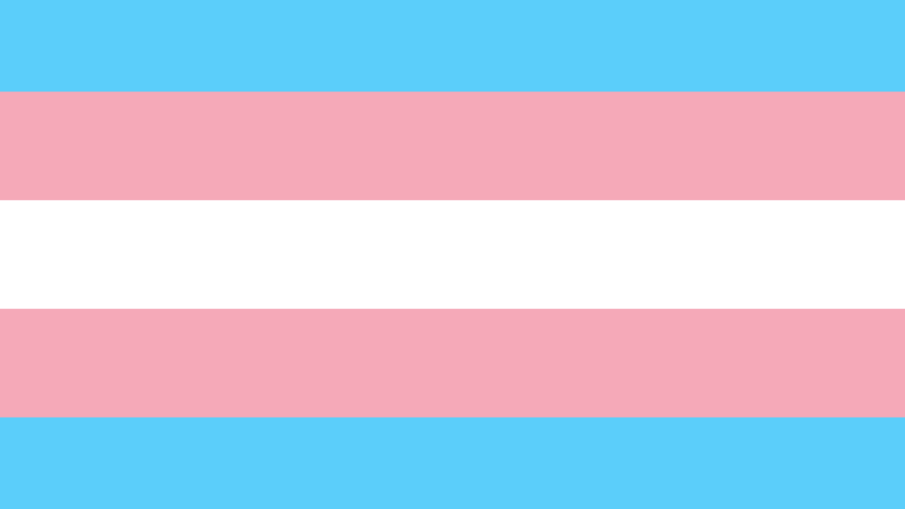Due to the rise of content featuring transgender people in popular culture, there has also been an increase of general misinformation put out in relation to what being transgender actually means.
This article hopes to address frequent misconceptions people have toward the transgender community and how harmful this relayed misinformation can be.
One of the main thoughts people have about being transgender is that it is a new phenomenon. Since media attention towards being transgender has escalated over the past few decades, people believe it was created in this period as well.
But, as the Indian Health Service proves, there have been past observations of complex gender diversity within Native American culture, an example being the Two-Spirits of the Ojibwe group. Being two-spirited meant that their bodies contained masculine and feminine spirits.
When people describe being transgender as a new trend, this thought process discredits generations of cultural beliefs and practices, as well as the validity of trans people’s identities.
Another familiar belief is that gender and biological sex go hand in hand, and therefore the latter is binary. The title of man and woman that people give to one another were constructed entirely by people themselves, and biological sex refers to one’s actual reproductive organs.
Biological sex is not black and white because there are those who are born as intersex, which means that an individual is born with essentially a mix of sex characteristics. Because of the complexities of gender and sex, one might not feel comfortable conforming to the gender roles that society has assigned to genitalia.
The final misconception to consider is that being transgender is often thought of as a mental illness. The American Psychiatric Association defines a mental illness as a life-altering change in thought processes that produces distress.
Gender dysphoria is the closer fit to describing those who are transgender. Gender dysphoria is the feeling of distress towards how one’s body looks versus how they feel it should in regard to their gender identity.
Once trans individuals can do what they need to complete their transition, the life they can then live lessens the overall distress, and therefore can be seen as the necessary care for gender dysphoria.
Using the right terminology within discussions of a group’s collective mental health can help remove the negative preconceived notions that people tend to hold towards trans individuals.
Holding and spreading misconceptions about groups that already face discrimination can be damaging to their journey toward acceptance. Because there are many resources to learn from, such misconceptions are unnecessary.
If you would like to learn more about what it means to be transgender or how be a good ally for those around you, here are some trustworthy sites to check out:
Here are FCC’s LGBTQIA+ resources:
https://guides.frederick.edu/c.php?g=1002195&p=7285388
Hello! My name is Julia Broberg and I am majoring in Mass Communications here at FCC. I enjoy hiking, Motown, and writing. I’m very excited to be involved with this community and I’m so grateful for the opportunity to write about the great things that take place within it!


